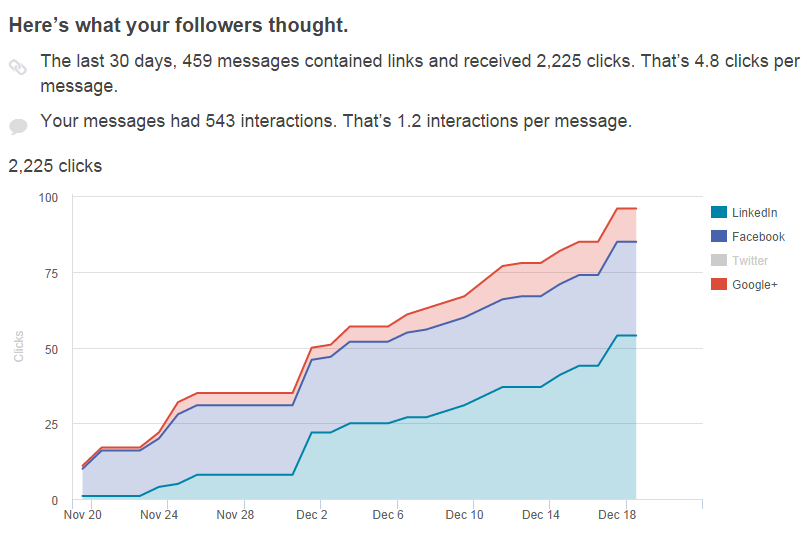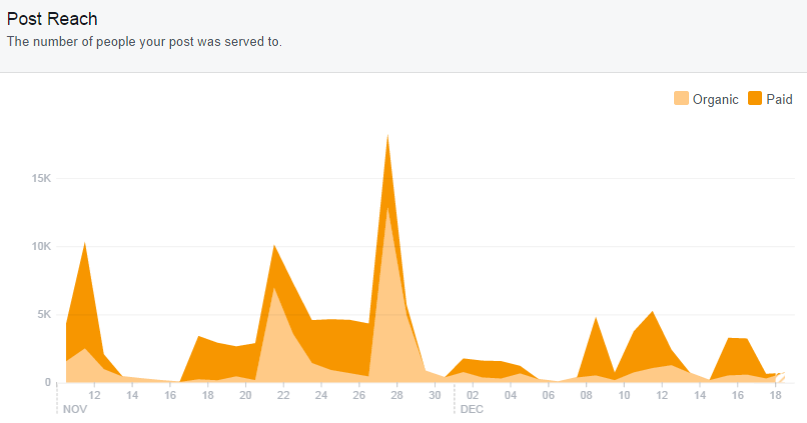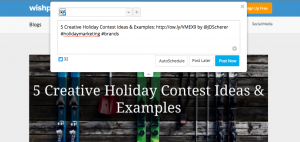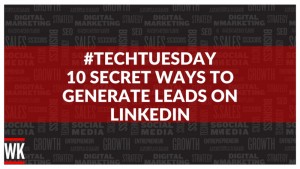
A benchmark is a comparison to the standard. It allows us to weigh the performance of an action by comparing it to a previous accomplishment. In social media business, there are few things more important than reporting the performance of your social efforts through regular benchmarking. In this blog, we’ll review the metrics and benchmarking tactics used to judge social media marketing performance.
First, it’s crucial to understand where social media fits into your marketing strategy. What you or your company decide to measure ultimately depends on your business goals—goals that every business has, but are uniquely different to accomplish. Are you trying a to develop a community where people come to collaborate and discuss content? Or, are you trying to capture visits to your website in hopes to increase conversion? Are you B2B or B2C?
All these factors play a strong role in what you decide to publish, monitor and measure.

Social Media KPI (Key Performance Indicators)
There are three key performance indicators every social marketer should constantly be striving to measure and meet: conversion rate, engagement rate and audience reach. All three metrics influence one other.
Conversion Rate
The conversion rate is the percentage of visitors that take a desired action on a website. The definition of “visitor action” varies, but in the realm of inbound marketing, it is likely to be in the form of data submission on a landing page—subscribing to a newsletter, downloading top-level content or, ultimately, making a sale. A few social platforms (like Facebook and Twitter) now offer call to action buttons to encourage social media conversion. Here at Kuno, we use HubSpot to track and retarget visitors (a portion of which come from our social channels) in an effort to persuade conversion.
Boosting website exposure and conversion through social media is now a primary utility in ecommerce and digital marketing. Benchmarking your conversion rate, (month-to-month, week-to-week) can reveal the efficiency of your social tactics.
Conversion Rate = (web conversions/web visitors)
Engagement Rate
Engagement rate, as defined by Simply Measured, is a “consistent calculation” meant to measure the level of engagement across all pieces of content shared on a particular platform, most notably Facebook. Basically, it’s a metric that allows you to benchmark content performance based on audience interaction. Likes, shares, favorites, upvotes and comments are all performance indicators that determine how your content resonates with your audience. HubSpot’s new Social Reports feature makes it extremely easy to aggregate and compare engagement actions by platform, timeframe, channel or campaign.

However, engagement reporting is highly variable and dependant on your marketing goals. Origami Logic writes on the complexity:
“Since marketing goals can vary for each brand, within each market, and even per product, social media objectives also need to be defined flexibly. The same applies to measurement and reporting. Different types of engagement metrics should be used to reflect differences in objectives and strategic goals across segments.”
It’s critical that social media marketers have a clear understanding of the business roadmap—down to the unique particularities—so as to accurately report success. Again, Origami Logic breaks down the methods in calculating the different types of engagement rates better than I can.
Reach
Reach, the total number of people your content is served to, is another familiar element in social reporting. With any reach calculation, its important that we differentiate between organic and paid reach to justify campaign costs.

If we’re looking at Facebook, Vaibhav Kalamdani offers a formula on how to use reach to calculate an average post engagement rate within a set timeframe
(Total Engagements (comments, likes and shares) / Total posts published) x 100 = post engagement rate
Without admin access or intelligent social software, it’s nearly impossible to compare the social reach of a competitor. Nonetheless, comparing reach spikes and depressions within your own account should direct your social strategy in the future.
Comparative Benchmarks: Competitors
If you want to make an impact in your industry’s niche, one of your first steps should be to identify your brand’s major competitors and gauge their foothold and performance in your shared social space. A clear understanding of what your competitors are doing right (and wrong) will inform your social strategy.

To accomplish this, social managers need to incorporate monitoring tools into their strategy as early as possible. The “Watch Pages” feature in Facebook’s Page Insights and “subscribing” to Twitter’s mobile notifications are two easy ways to start competitor monitoring.
Google Analytics also has valuable benchmarking features under its audience tab. Once enabled, it allows users to compare your web data with aggregated industry data from other companies, providing valuable information in targeting, trends and comparative performance.
If you’re using a third-party social publishing platform (most marketers do) like HubSpot or Hootsuite, set up social monitoring streams based on keywords and hashtags relevant to your industry. HubSpot users can set up competitors within their “Reports” dashboard to compare (at a glance) search rank, social followers and web authority.
If you’re looking for an industry standard to compare competitive Page engagement, Simply Measured recommends using engagement as a percentage of fans to find a benchmark. Take the total number of engagements (within a designated time frame) and divide that by the total number of fans. See the formula below
(Total Engagements (comments, likes and shares) / Total Fans) x 100 = Avg. Page engagement rate
Note: When using this formula for Facebook, it’s best to compare social profiles of similar fan/follower size. On Facebook, just because a Page has more followers than your competitor, doesn’t guarantee a higher engagement rate; in fact, you’ll have to work even harder (or pay more) just for you content to reach your audience in the first place.
Because social performance is susceptible to so many factors (paid vs. organic, reach divided by unique visitors) contending formulas on how to calculate the different types of engagement metrics continue to evolve. But for today, there is a common consensus for this broad competitor benchmark:
“Since engagement rate is calculated relative to the number of followers a company has on social media, the rate for both small and large companies can be compared equally.” – TrackMaven
Proving the value of social media is no easy task, but hopefully these benchmarks can help you simplify and measure your social media efforts. If I missed anything, feel free to contribute in the comments below.
Digital & Social Articles on Business 2 Community
(623)
Report Post







